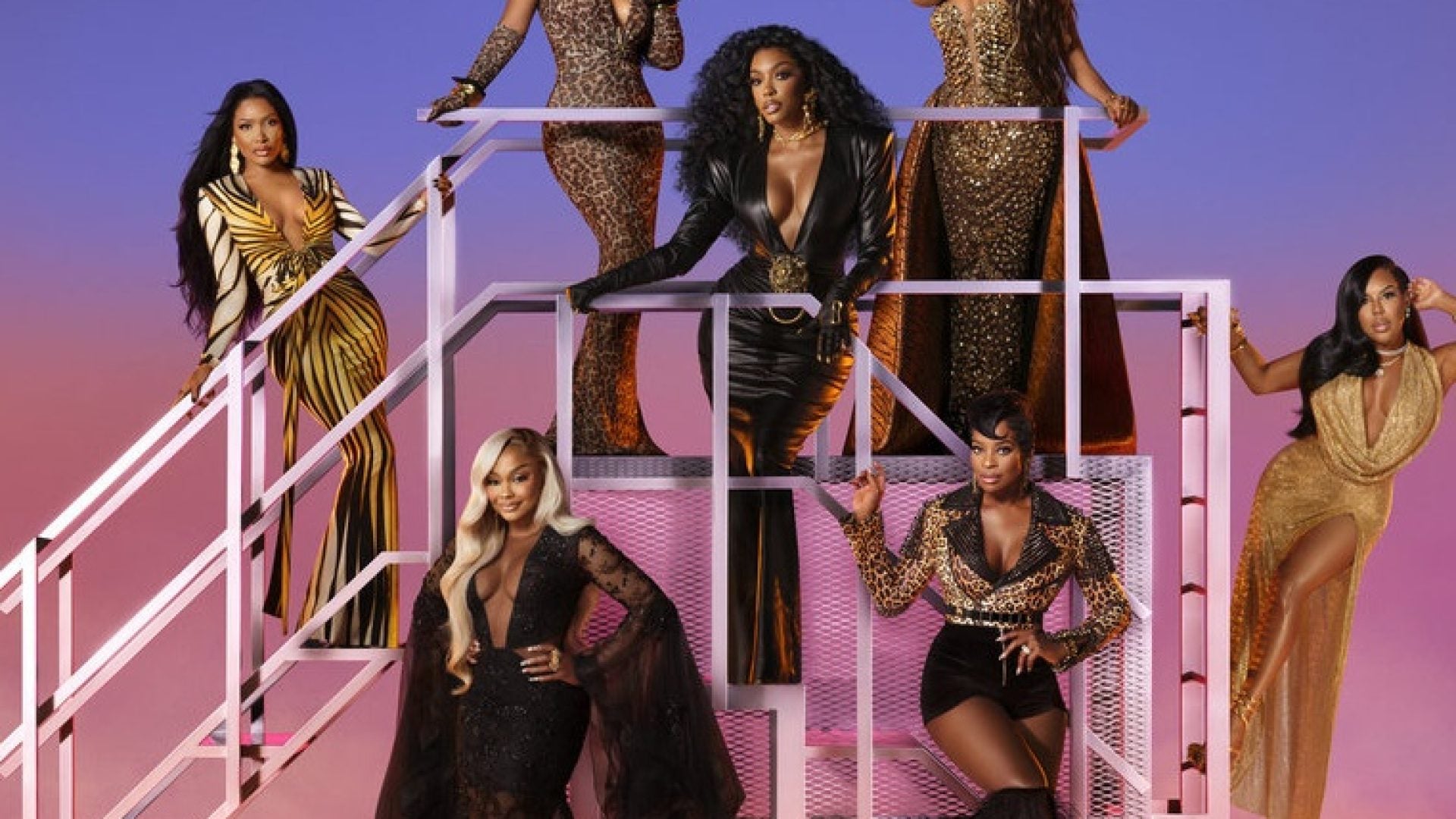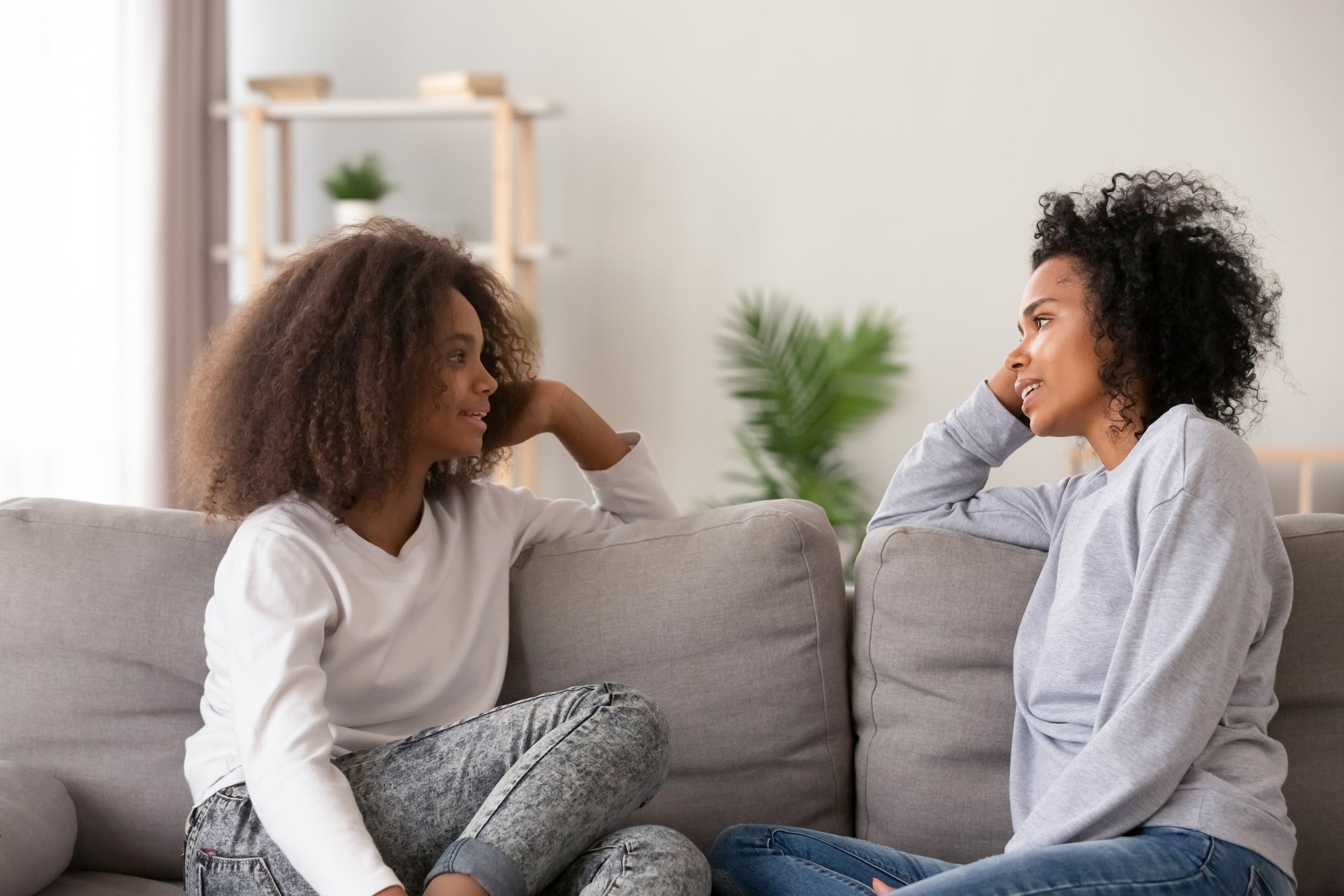
In recent years, we’ve seen a surge in mental health awareness in the Black community. Actress and author Taraji P. Henson opened up about her struggles with anxiety and depression, and she is just one of many Black celebrities who have gone public about their mental health struggles. Whether the discussion surrounds depression, anxiety, breaking generational trauma, or–one of my personal favorites–undoing conditioning, people are realizing we don’t have to tackle our struggles alone.
Through my own therapy journey, I discovered that I exhibited codependent behaviors in my personal relationships. Right after I made that discovery, it was as if a constant stream of posts appeared on my Instagram feed talking about this very issue. However, I noticed it was almost exclusively discussed in the confines of romantic relationships. Since then, I’ve been asking myself, “what about codependent friendships?” Posts about seeing who your “real friends” are during quarantine based on who checked up on you have been circulating social media. Of course, we all like to feel loved and cared for, but why is it that even in a pandemic people are expected to overextend themselves in order to be considered “good friends?” Why do some of us rely on our friends to fulfill all of our emotional needs? There was certainly something there to unpack, as this seemed to be a recurring theme across my friendships. Could this entire dynamic be rooted in codependency?
Codependency has become a buzzword, but it is important to know that it is not classified as an official disorder or mental illness by the standards of the American Psychiatric Association’s Diagnostics manual. It is, however, something we all should take seriously as it can be at the root of toxic relationships. According to the American Psychological Association, codependency is defined as an unhealthy devotion to a relationship at the cost of one’s personal and psychological needs. In a study performed by the association, it was found to be correlated with greater self-consciousness, social anxiety, and dysfunctional attachment styles. As mentioned earlier, the term is commonly used to describe romantic relationships, but it can also be extended to friendships.
Like all of the other behavioral patterns we exhibit, codependency is usually learned through our family dynamics.
Signs of a codependent friendship
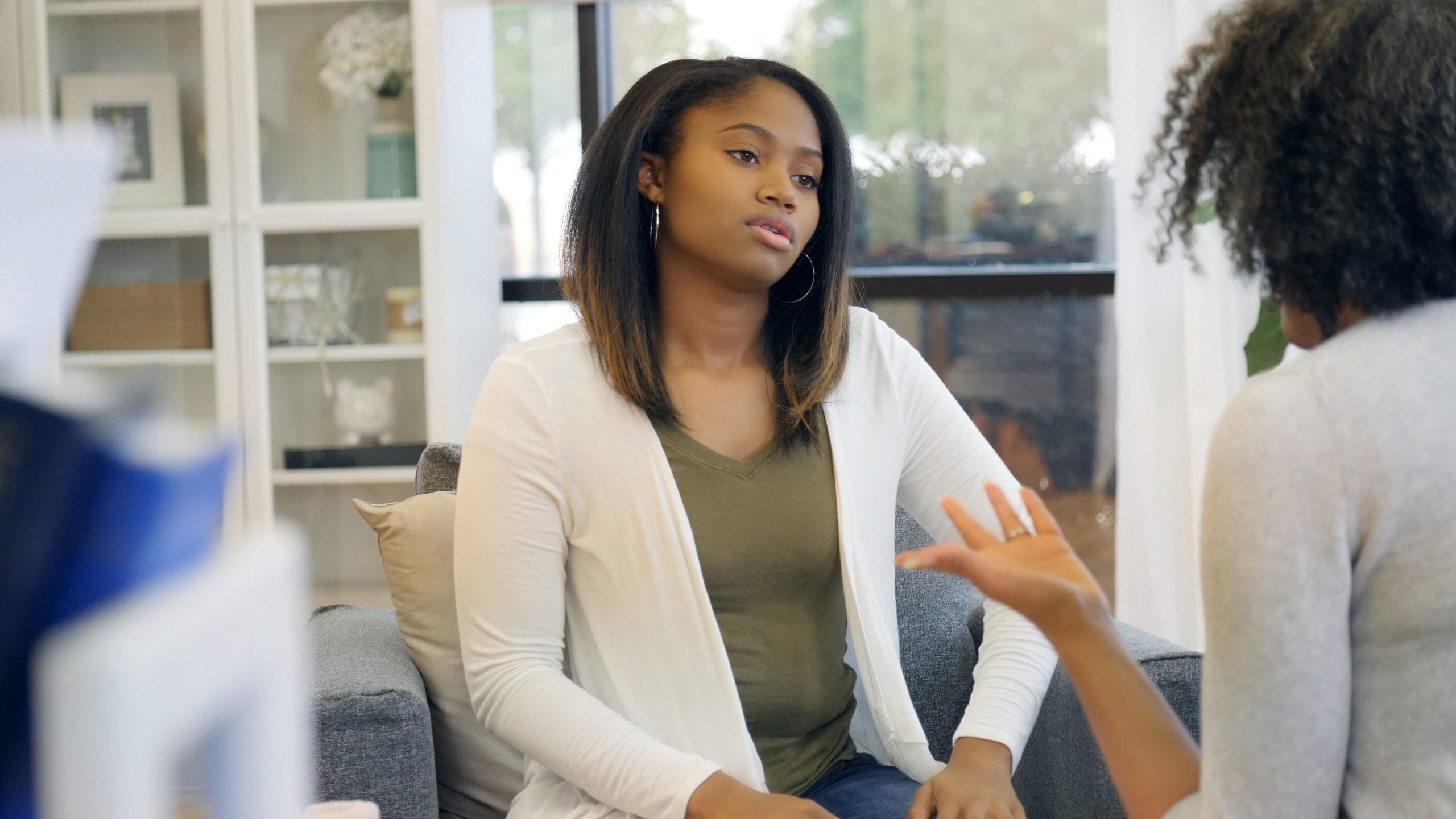
Consciously or unconsciously, one person in the friendship typically assumes the role of “giver” by offering the majority of the emotional, physical, or mental support. This other friend unintentionally becomes the “taker.” This kind of friendship can seem harmless in the beginning. The problem arises when the taker–who is most in need of support–is unable to give the same in return. Eventually, with the relationship being defined by an imbalance of power that leans towards the taker’s needs, this leaves the perpetual giver depleted. Kim L. Knight, New York-based LMHC featured on Therapy For Black Girls, expounds on this. She says, “when there is an imbalance in the friendship, one might find themselves feeling drained or overwhelmed when talking or being around the friend. This is also a sign that codependency is at play.”
She continued: “codependent friendships are often not created intentionally. They often form out of both people getting their needs fulfilled in an unhealthy manner. One person who ‘needs’ (the taker) and another who ‘needs to be needed’ (the giver). The needs for each person set the stage for an unhealthy, imbalanced relationship that leads to burn out, anger, resentment, and overall codependency.”

Like all of the other behavioral patterns we exhibit, codependency is usually learned through our family dynamics. When discussing codependency on the Therapy For Black Girls podcast, licensed therapist Nedra Glover Tawwab says, “lots of times codependency looks like people who don’t have healthy boundaries. Sometimes, we can see this when we have parents who may nurture us to be a certain sort of person, so you don’t have the opportunity to develop boundaries,” she continued.
Knight added, “lack of boundaries in friendships can also lead to codependency because there is no sense of where one person ends and the other one begins.” Additionally, she goes on to note that the expectation is set and the demands are high where one person is in constant need of being “rescued,” leaving the other person feeling responsible for saving them. Through this dynamic, the self- assumed giver makes it easy for the taker to avoid responsibility, and the hard work required to make a personal change. A codependent friendship can also look like:
- Relying on one friend for all of your needs and making them feel responsible for all your feelings, thoughts, actions, choices, or overall well-being.
- Giving up other friendships, hobbies, interests, or family-time to spend time with your friend.
- A fear of abandonment that can show up as feelings of jealousy if your friend spends time with other friends.
- Doing things you don’t really want to do and feeling resentful about it later on.
- Feeling anxious or stressed out if you don’t talk to your friend for a day or don’t know what’s going on with them.
- Trying to fix, control, or save your friend.
- Your self-worth and identity are dependent on your ability to care for your friend or how they are functioning.
Knight says, “relationships that are balanced have an even exchange of giving and taking. When one person starts to ignore their own needs for the sake of another on a regular basis, you are more than likely in a codependent relationship.”
Noticing some of these signs in your friendships? Transformation is possible.
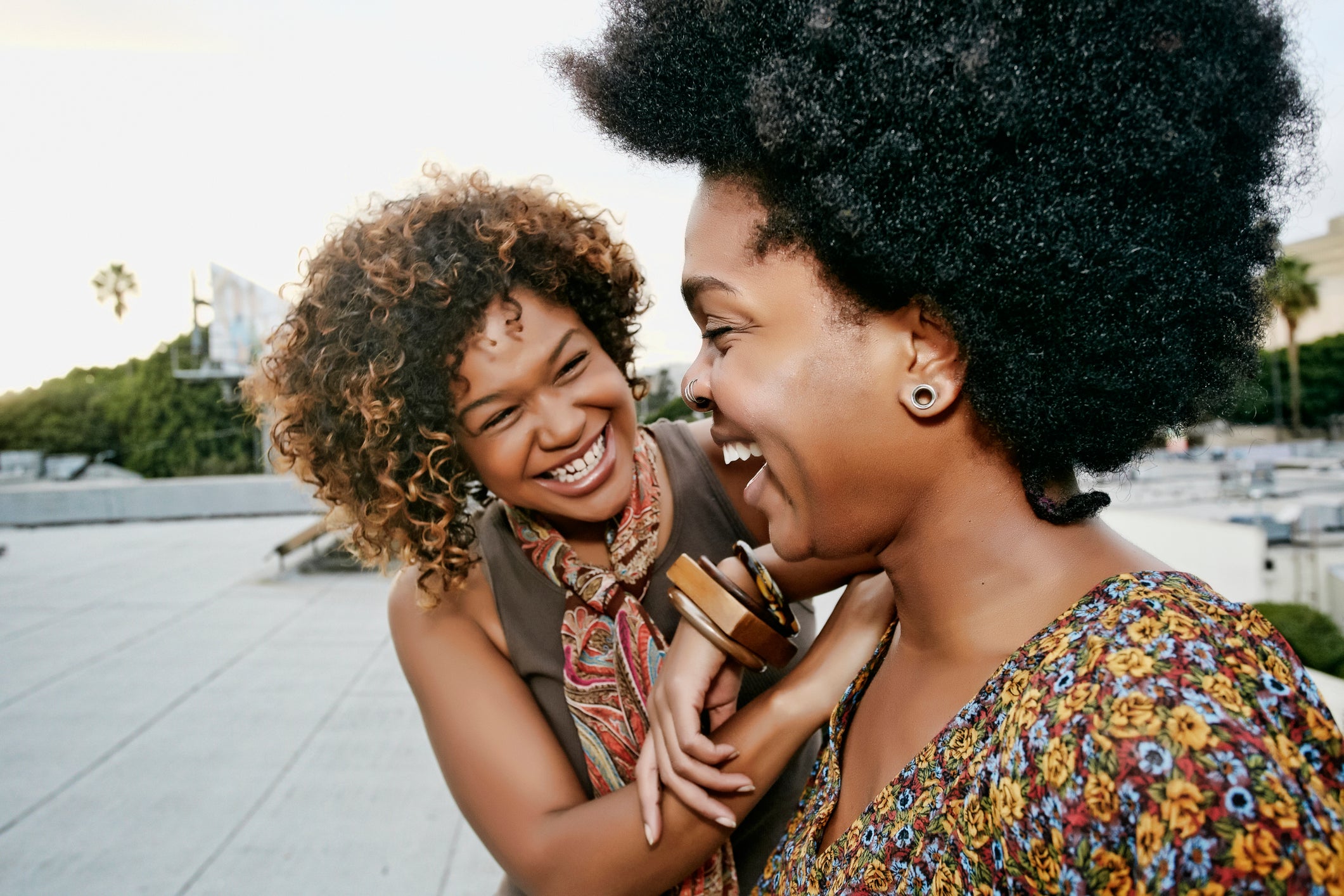
Noticing codependency in your friendships doesn’t automatically mean that the relationship is unhealthy; it’s the frequency and intensity in which they arise. One person should not feel like they are constantly giving while receiving little or nothing in return. If you can identify with this sort of friendship dynamic, there are steps you can take to achieve a healthier and interdependent friendship. Tawwab says, “the cure to codependency is healthy boundaries and committing to creating a version of yourself that is separate from others. Codependency is an unhealthy cycle of behaviors that you exhibit in relationships. You can break the cycle.”
Tawwab also notes that the first thing to assess is whether or not you have any boundaries. You should feel unrestricted in letting your friend know what you will and won’t do. For example, if you have a limit on how much quality time you can spend with them but they insist on seeing you every other day, make it clear that you need alone time to recharge. These are some other steps to take:
- Be honest with your friend about what you’ve been feeling.
- Realize that no one person can meet all your needs. It’s important to spend time with other friends or family.
- Prioritize self-care. Do things that bring you joy, make you feel fulfilled, and support a healthy lifestyle.
- Be firm, but not aggressive, with your friend about what you need emotionally or mentally. They can’t know what you need through passive-aggressive behavior. Tell them directly. Counseling and self-help materials may also help you better understand the root of your codependent behaviors.



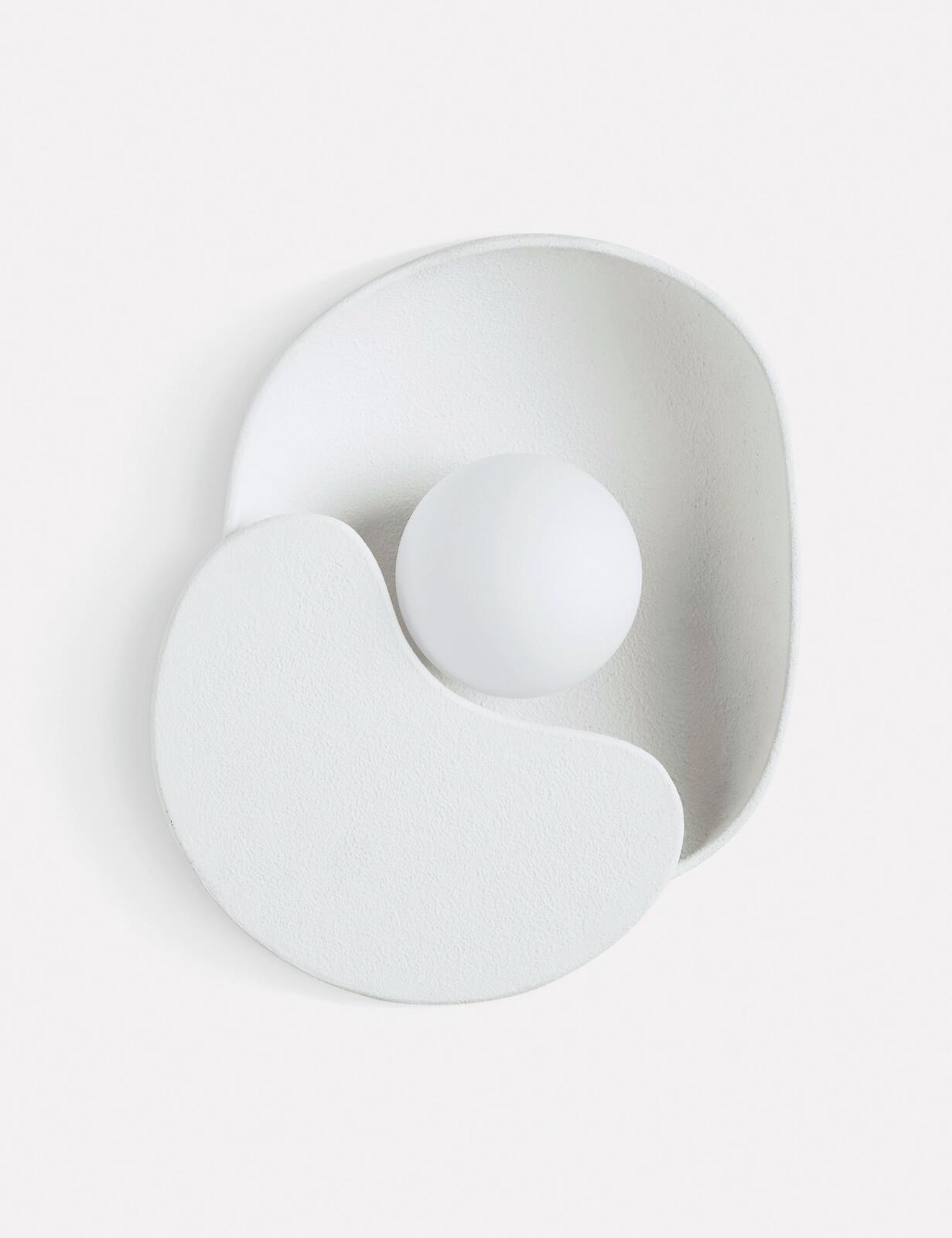

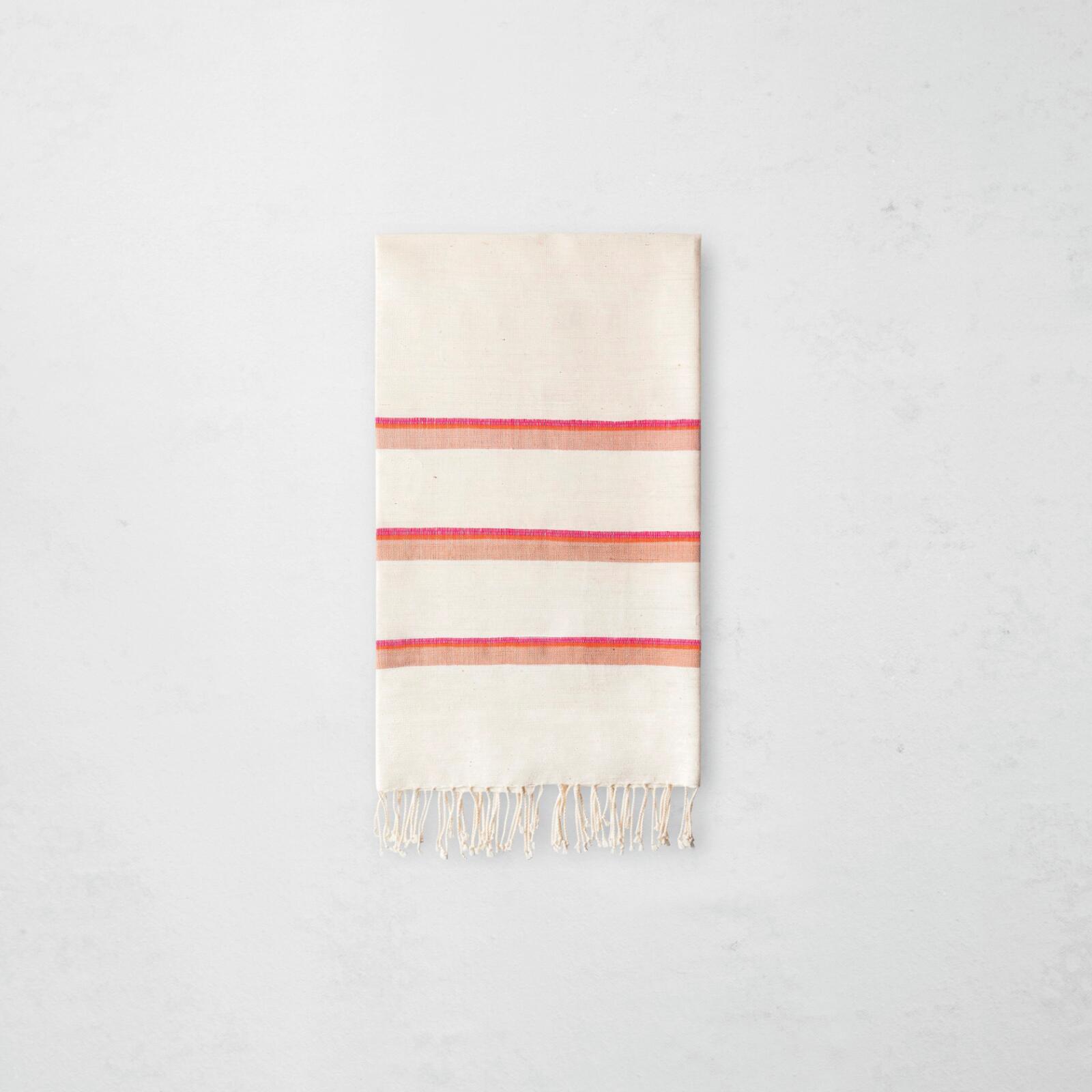
Codependent No More by Melody Beattie was extremely helpful for me personally. Another resource Tawwab suggested was Boundaries: Where You End and I Begin by Anne Katherine. Whether you are the giver or taker in your friendship, the relationship can be saved as long as both parties are aware of the issues and are willing to make the changes. However, if someone is unwilling to acknowledge the part they played in the problem, or is resistant to change, then it might be best to cut ties.




